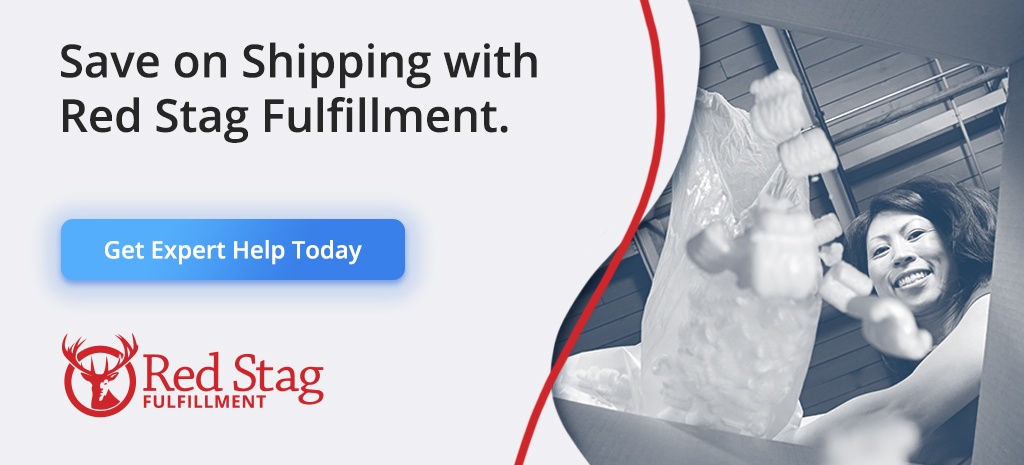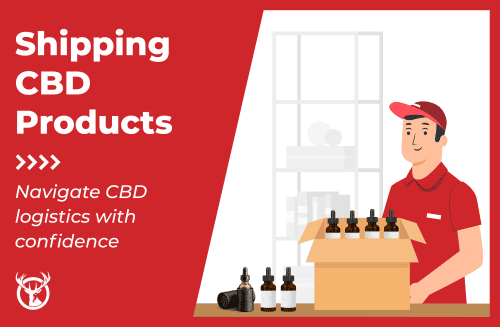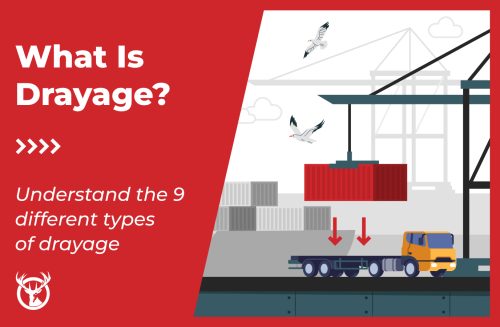One of the questions we have heard often over the last year is, “Why is shipping so expensive?” Shipping rates have increased since the pandemic’s disruptions, and eCommerce companies are facing a new kind of supply chain difficulty: controlling shipping costs. So here’s the bottom line on why shipping is so expensive and ways that online businesses can keep eCommerce fulfillment expenses in check by managing shipping costs.
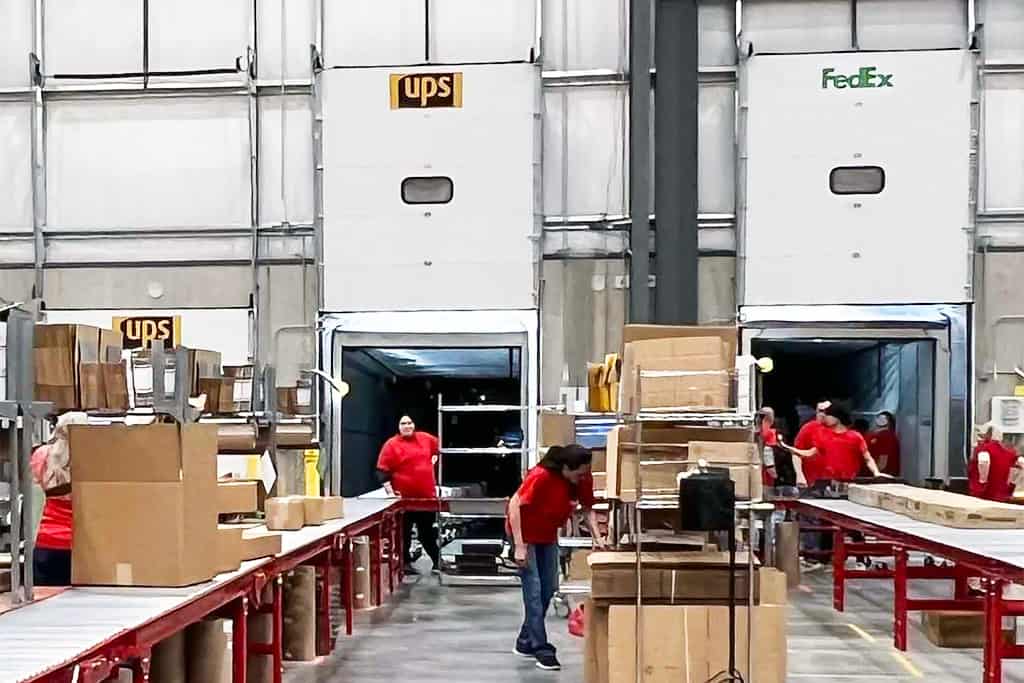
The bottom line on why shipping is so expensive
We’d all love to forget COVID, but understanding why shipping is so expensive requires returning to the chaos of the first couple of years of the pandemic.
In 2020, when lockdowns spread worldwide, there was a massive spike in demand for online shopping. At the same time, international shipping was disrupted as container ships sat offshore at ports, too scared to let the crews disembark. And factories in China that supplied much of the world closed as that country attempted to enforce a zero-COVID policy. Global supply chains were a mess, retailers struggled to replenish stock, and shipping companies fell behind as orders piled up.
In the second year of the pandemic, continuing growth in eCommerce led to a shipping container shortage, further slowing international shipping and sending container prices through the roof. Manufacturers found themselves paying fees four or five times the previous container costs if they could even secure a container and space on a cargo ship. And there was that ship that got stuck in the Suez Canal, blocking a crucial global shipping route.
Shipping and freight companies of all sizes and types have responded to pandemic disruptions. Some of their strategies and continuing issues with global supply chains are pushing up shipping costs today.
Factors affecting shipping rates
Many factors, from global to hyper-local, have affected shipping rates over the last year, but here are three main causes of higher costs that are likely to continue to affect shipping into the near future.
Fuel prices
Fuel costs, like many other expenses, surged during the pandemic. As a result, carriers like FedEx, UPS, and DHL added fuel surcharges to their pricing structure. As long as fuel costs remain high, expect increased shipping costs.

Increased carrier capacity
Because of increased demand, delivery companies were forced to limit the number of packages they would pick up in throughout the pandemic. They simply didn’t have the capacity: not enough drivers or trucks, not enough people to process packages at distribution centers. To solve this problem, they added equipment and now have to pay for those capital outlays.
Complicating matters, demand for eCommerce deliveries has softened in the past year as consumers have returned to in-person shopping, reducing the number of online orders. So shipping companies must pay for their new trucks from a smaller number of orders, and that has led them to add surcharges and increase rates.
Labor costs
In addition to new vehicles, delivery services had to add personnel. While some companies, including Amazon, have scaled back expansions and laid off employees, a rise in wages since the pandemic has increased labor costs in the shipping industry. And, with workers still in high demand and jobs sitting vacant, wages may stay high for some time.
The future of shipping prices
It’s impossible to predict the future, but 2023 saw bigger rate increases from FedEx and UPS than in the past couple of years. However, as always, we will be working hard to negotiate with carriers to reduce the impact as much as possible through discounts. Large enterprises and high-volume shippers like Red Stag Fulfillment have more leverage to negotiate lower rates as parcel volume drops. However, small businesses may continue to feel the squeeze if they’re not working with a 3PL.
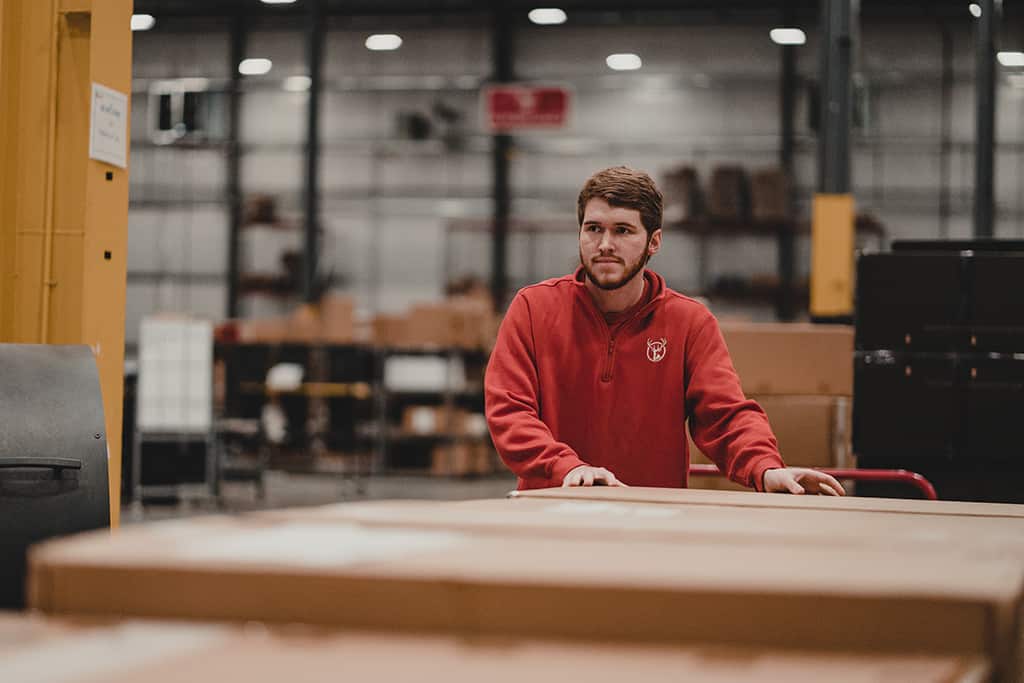
4 ways eCommerce companies can control the cost of shipping today
Some shipping surcharges and rate increases are unavoidable, especially for medium and small businesses with less bargaining power in the market. But there are still strategies you can use to reduce your shipping costs and protect your profit margin.
Pass shipping fees through to customers
The simplest way to mitigate the impact of higher costs on your business is to charge your customers the actual cost of shipping. That will help you protect your profitability but could leave shoppers wondering why shipping is so expensive. So, if you pass through shipping costs, it’s a good idea to combine that with strategies to reduce those charges.
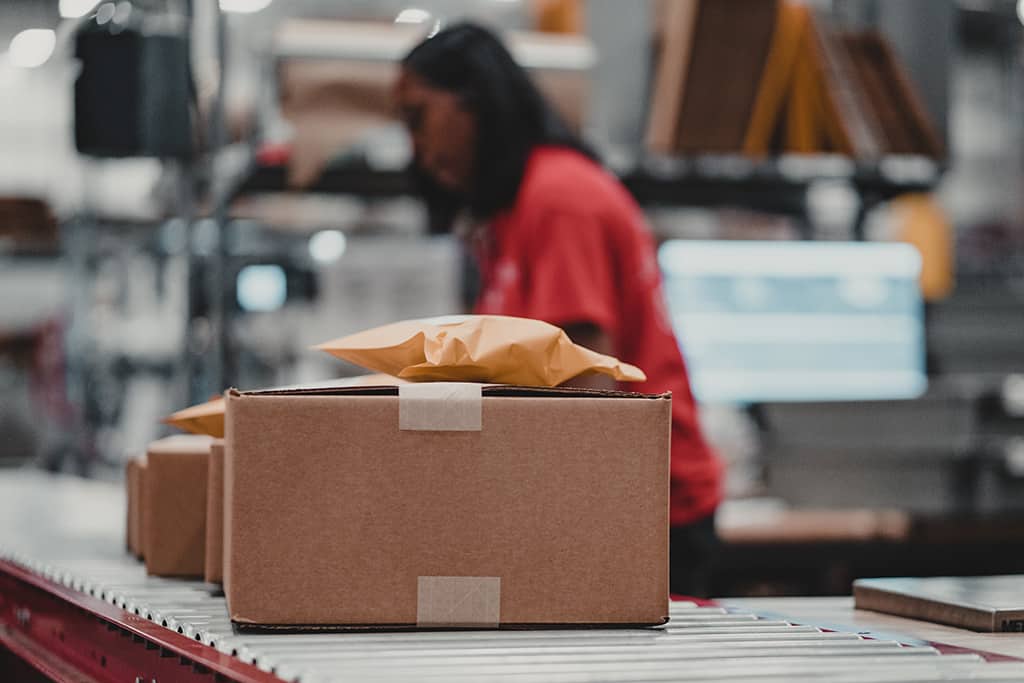
Reduce shipping zones with innovative warehousing
The farther your packages travel from your fulfillment warehouse to reach your customers, the more shipping zones they must cross. And the more shipping zones, the higher the cost of shipping. Fortunately, optimizing your warehouse locations can reduce shipping zones, thus keeping down fees.
For example, Red Stag Fulfillment has warehouses in Utah and Tennessee. We chose these locations because they’re ideally suited for national fulfillment. Clients who ship from our two locations can reach 96% of U.S. households in two days or less with standard ground shipping.
Diversify shipping companies
FedEx and UPS aren’t the only options for order delivery. DHL, a leader in international package delivery, has expanded its domestic shipping services. USPS flat-rate services can be competitive for some box sizes and weights. And regional delivery services may offer competitive last-mile order delivery.
During the height of the pandemic, when limited carrier capacity was slowing eCommerce shipping during peak seasons, Red Stag Fulfillment kept its clients’ orders moving on time by diversifying its carrier relationships. You can use that strategy now to reduce shipping expenses.
Use LTL freight
Package delivery services add large parcel fees to offset labor costs because it may take two people to lift a box weighing more than 50 pounds. They may also need to process oversized packages manually rather than sending them through the line for automatic sorting.
LTL, or less-than-truckload, freight is an excellent choice for oversized products. Residential LTL delivery options have expanded, and freight companies are used to handling palletized and large goods.

Expensive Shipping FAQ
Why Is Delivery So Expensive?
Delivery is so expensive for three main reasons:
- Fuel prices have increased.
- Equipment investments need to be paid off. Carriers were forced to invest in more equipment during the high demand Covid period, and that equipment investment still needs to to be paid off. This can account for expensive delivery surcharges.
- Wage increases among shipping and delivery workers.
Why Is Shipping From China So Expensive?
Shipping from China is so expensive because fuel prices and wages among Chinese workers have increased. Ocean freight prices were also elevated, and very expensive during Covid, with container shipping prices going from $2000 to $20,000 in some cases. Now ocean freight prices have been declining, making shipping from China less expensive. Trump-era tariffs are also still in place under the Biden administration that may make shipping tariff-affected Chinese goods more expensive as well.
Why Are Alibaba Shipping Costs High?
Alibaba’s shipping costs are high for many of the same reasons that shipping from China is so expensive (cost increases in labor, ocean freight, fuel, and in some cases tariffs), but in addition it is more expensive to receive goods from Alibaba because the Chinese e-commerce giant faces very little competition, which contributes to higher shipping costs.
How Red Stag Fulfillment helps eCommerce companies control shipping costs
Shipping can be one of the biggest — if not the biggest — expenses of eCommerce fulfillment. That’s why Red Stag Fulfillment works hard to help our clients control costs. Here are just a few ways we make it work for you:
- Shipping discounts: We negotiate favorable rates with carriers and can pass on discounts to our clients.
- Flexible carrier selection: You don’t have to send every order through one delivery company. Our flexible carrier selection chooses the most cost-effective service for each order.
- Packaging strategies: Sometimes, a slight reduction in the size of a box can flip the billable weight from dimensional to actual. Package consolidation can reduce costs by packaging small items with larger ones in the same order.
Whatever your shipping challenges, we’d like to help. Give us a call anytime.
More about shipping costs:


